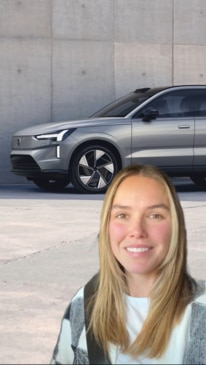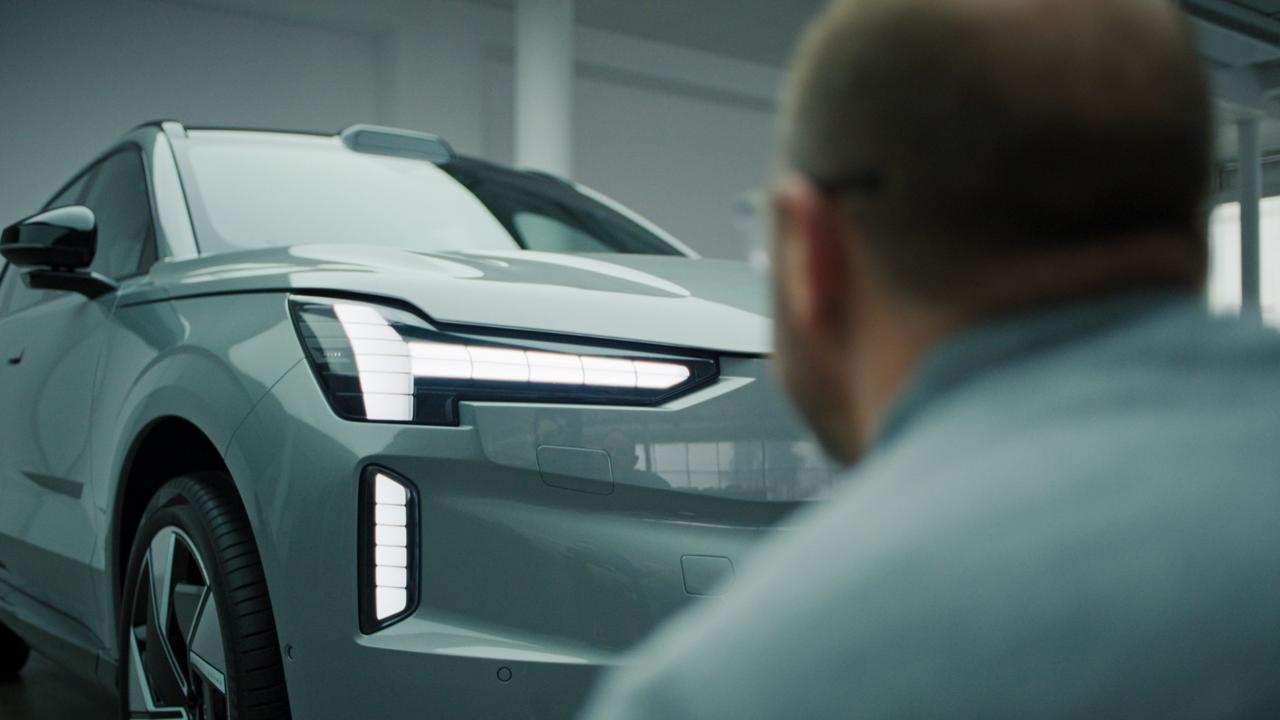Why the new Volvo EX30 judges your weight
High-tech cameras and sensors coming to new cars estimate the mass and height of drivers and passengers.

The latest Volvo EV may soon be able to tell if you’ve been indulging in the finer things in life or are not wearing a seatbelt correctly.
In the latest advancement in active safety technology, the Swedish brand with a history for safety innovation is turning itself to the cabin and its occupants – right down to their size.

Twin interior cameras and a slew of radars can already monitor the breathing of occupants and even pets to warn if anything is inadvertently left inside when the car is parked.
And Volvo wants to utilise those same sensors to improve the safety for all shapes and sizes.
“We can use those sensors for more than that,” says Lotta Jakobsson, Volvo’s senior technical specialist, injury prevention.
“The radars are capable of seeing sizes of people for determining the shape and you can estimate the [weight]. That is important information for the settings of the restraints.”

She says that information can be used to tailor the seatbelt force limiter and even the firing of the front airbags to the size of the person.
Being able to determine the weight of occupants allows engineers to better tailor the seatbelt force limiter, which releases the force of the seatbelt above a certain threshold in an effort to reduce injuries.

“We can be more intelligent in adapting it to the individual in the car and the crash.”
All of which is aimed at minimising injuries.
The technology is not yet active on the EX90 seven-seat SUV that will arrive in Australia late in 2024.
But Jakobsson says the hardware is there and that it’s a matter of developing software to recognise different body shapes and sizes and adjust the safety systems accordingly.

It starts with collating data and using advanced computers to optimise the systems within the vehicle.
Any improvements to the safety tech could be delivered to the vehicle via the in-built over-the-air software updates.
Volvo also wants to use the same hardware in the EX90 to monitor how occupants are fitting their seatbelts.

“The seatbelt routing is very important for the occupant’s protection,” she says, explaining how the radars could determine movements of occupants and the seatbelts.
“If it’s sliding down … it is not that safe, it will give you injuries in a crash.”
Jakobsson says it could take years to perfect the technology but that it could be updated remotely using over-the-air software functionality increasingly being incorporated in new cars, including the EX90.

One challenge is how to encourage occupants to wear their seatbelts correctly.
Even today people who don’t want to wear seatbelts get annoyed by warning beeps and buzzers.
So Volvo is working on how to encourage best practice without frustrating owners.
“We’re working with our behavioural scientists,” she says.





